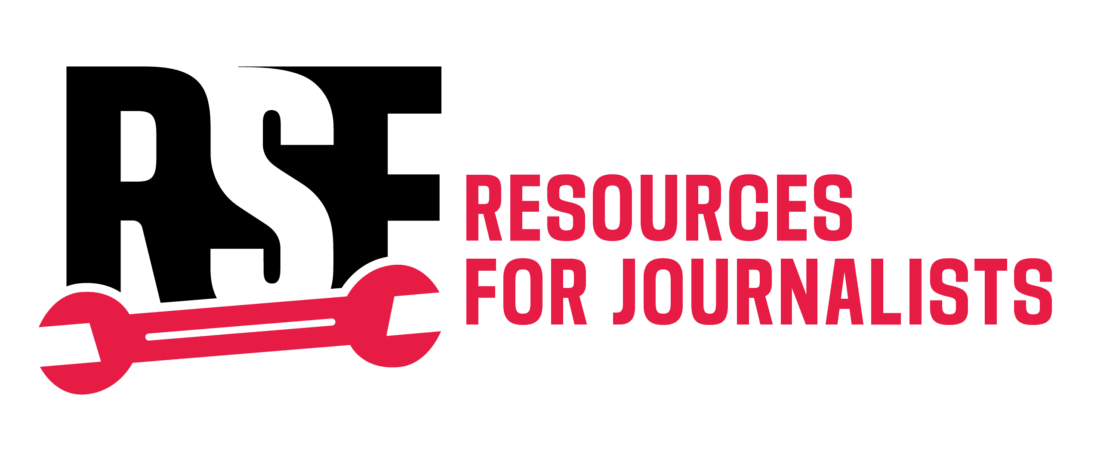Stalking and swatting are online harassment tactics commonly used against journalists. In this first article of a three-part series on cyberharassment, Reporters Without Borders (RSF) offers preventive measures against these types of attacks.
Stalking and swatting are tactics commonly used to harass journalists, which often have offline consequences and endanger their physical safety. Both cyberstalking and swatting are illegal nearly everywhere in the world. Like other forms of harassment, these attacks disproportionately impact women journalists.
- Stalking means that the targets – individuals, groups, or organisations – are being harassed or persecuted with unwanted and obsessive attention over the internet. Cyberstalking tactics include false accusations, threats, monitoring one’s activities, vandalism or blackmail, which is often paired with real-life stalking.
- Swatting is another harassment tactic in which emergency response teams like the police are sent to a target’s home under false pretences.
In both cases, adversaries mostly remain anonymous. They range from online “trolls” that may have different motives (such as not liking a journalist’s viewpoint or work, being paid by entities to harass the victim), to people who want to stop a journalist from doing their job. In one recent example, American members of a Neo-Nazi group targeted journalists who had publicly exposed their members. The adversaries called the police to the journalists’ offices and threatened journalists through phone calls and flyers.
Preventive measures
- Remove information about location: Although prevention of these offences is difficult due to their nature, journalists can preventively remove as much as possible the pieces of information about their whereabouts that are publicly accessible on the internet. For instance, they can take out their addresses in official registers, their geolocation in the content they upload in social media posts, and hide their IP addresses with VPN and other cyber security tools.
- Document violations: When victims of stalking or swatting, journalists should systematically document every instance of illegal behaviour they experience (by taking screenshots, photos, phone records). This could become useful to support legal actions as evidence provided to investigators in the cases.
- Take it to the courts: Both cyberstalking and swatting are illegal in most countries. Affected journalists should look into their rights regarding these forms of harassment in the country in which they report, and pursue a legal investigation involving law enforcement and trusted lawyers.
→ Read Part 2: DDoS and message bombing attacks
→ Read Part 3: Doxxing



